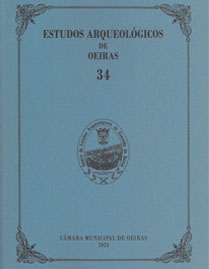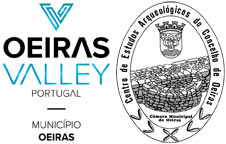Estratégias alimentares dos animais domésticos do povoado de Leceia (Oeiras, Portugal) durante a transição do 4.º para o 3.º milénio a.C.: uma abordagem a partir dos isótopos estáveis
DOI: 10.5281/zenodo.12732048
Mots-clés :
Chalcolithic, Neolithic, Zooarchaeology, Estremadura, δ13C and δ15NRésumé
In this article, we analyse faunal samples from the Late Neolithic (Layer 4) and Early Chalcolithic (Layer 3) levels of the fortified settlement of Leceia (Oeiras, Portugal) in order to understand the management of the feeding of domestic animals recovered in these excavations.
Through the analyses of stable isotopes of δ13C and δ15N in bone collagen, we aim to characterise the grazing systems and the maintenance strategies of the livestock that were consumed and raised in Leceia, in an attempt to obtain a further perspective on the economic complexity of the fortified settlements that emerged during the 3rd millennium in Portuguese Extremadura. The results show the possible use of forage to feed the animals and also seem to indicate the use of fertilised fields. This demonstrates that animal production is already based on intentional practices of animal and land management, as well as on complex exchange networks.
Téléchargements
Publiée
Comment citer
Numéro
Rubrique
Licence
Os artigos publicados são da exclusiva responsabilidade dos Autores.
É expressamente proibida a reprodução de quaisquer imagens sobre as quais
existam direitos de autor sem o prévio consentimento dos signatários dos artigos
respectivos.




